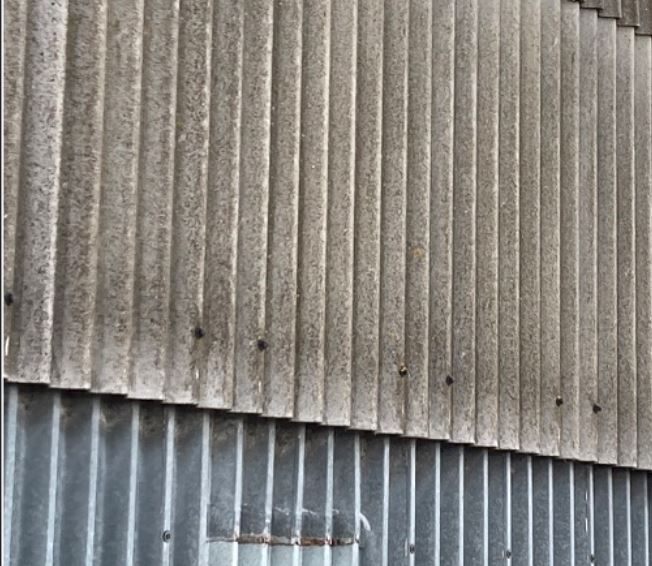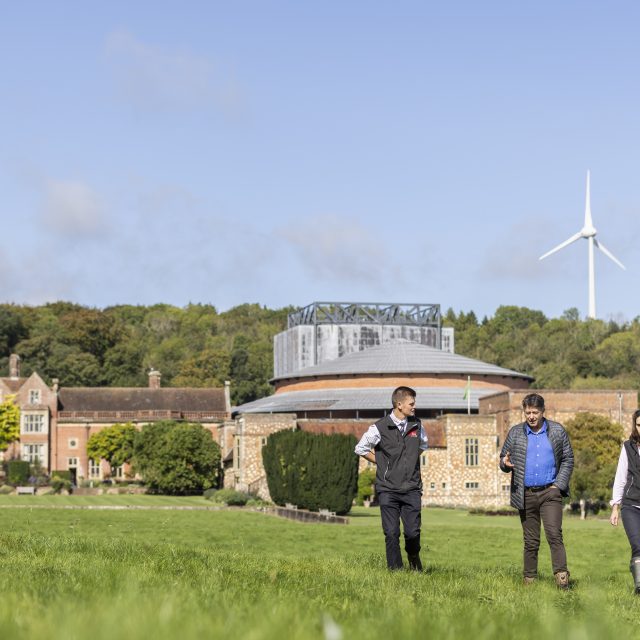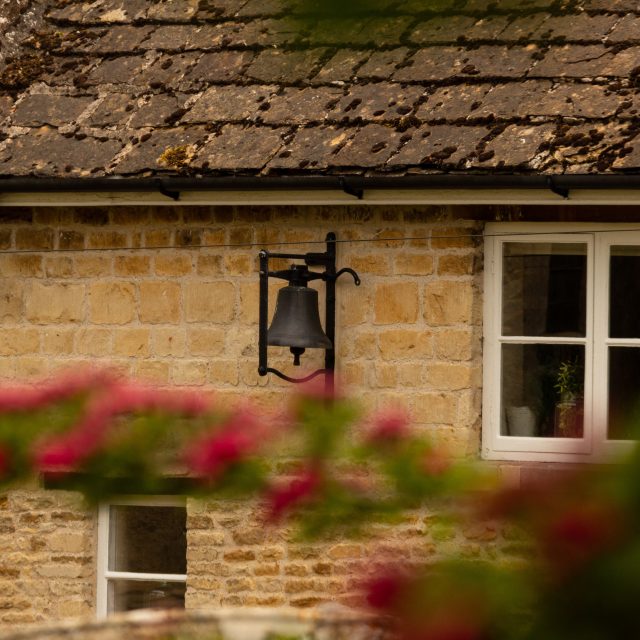Reducing the risks from asbestos on farms and estates
Most farms and estates will have asbestos-containing materials (ACMs) on them somewhere.
Asbestos was widely used in building materials until it was banned in late 1999.
On farms and estates ACMs can typically still be found in any of the following areas:
- agricultural building roofs, cladding, pipes, flues etc
- lagging (on pipes and boilers)
- water tanks and toilet cisterns
- asbestos insulating board (AIB – which closely resembles a typical plasterboard)
- loose asbestos in ceiling and wall cavities
- sprayed coatings on ceilings, walls and beams / columns
- textured decorative coatings (commonly referred to as Artex)
- floor tiles like older linoleum
- textiles and composites
While in good condition and undisturbed the health risk from asbestos is negligible.
However, if it is disturbed or damaged, it can become a danger to health, because asbestos fibres are released into the air and people may breathe them in causing serious, often fatal, health conditions.
Under Section 4 of the Control of Asbestos Regulations 2012 (CAR), the ‘dutyholder’ responsible for maintenance of non-domestic premises has a ‘duty to manage’ the asbestos materials within that premises.
Practically, this means that farmers and landowners need to take reasonable steps to find out if there are materials containing asbestos within any farm buildings, sheds and offices, and if so, record the amount, where it is and what condition it is in.
This should be done by arranging for a management survey to be carried out by a competent, approved contractor. The surveyor should also produce a management plan which assesses the risk of anyone being exposed to fibres from the materials identified and provides advice on how the risk from these materials will be managed.
While the ‘duty to manage’ in the Control of Asbestos Regulations applies to only non-domestic premises, the Health and Safety at Work Act 1974 requires that employers take reasonably practical steps to avoid exposing people (including non-employees) to asbestos. This would apply to tenants of residential properties and if employing a tradesperson to carry out work on a residential property where ACMs may be present.
Therefore, our advice to clients with any pre-2000 residential properties is to arrange for a management survey and plan, as this will help to minimise the risk of tenants or contractors disturbing asbestos accidentally.
There is also a legal requirement for an additional Refurbishment and Demolition Survey – which is a more extensive survey – to be carried out prior to undertaking any intrusive works liable to disturb ACMS in either non-domestic or residential property.

This would apply, for example, if demolishing a farm building, but might also be required if replacing a kitchen and there will be work involving penetrating the walls, floors or ceilings that could disturb previously hidden ACMs.
You must make sure that everyone working on buildings – whether that is estate workers or contractors – are aware of the presence of asbestos and the possibility of the presence of previously unidentified ACMs.
Demolition of buildings containing higher-risk ACMs (sprayed asbestos coatings, asbestos insulation, asbestos lagging and most work involving asbestos insulating board) should only be carried out by an HSE-licensed contractor.
There are some works – and some ACMs – where the risk is judged to be lower so are classed as ‘non-licensed’. This tends to be where the asbestos fibres are bound up in different materials and so are less friable (for example, asbestos cement products on roof sheeting, tiles and rainwater goods) or where the work involves dealing with asbestos which is in good condition.
In these instances, while the appointment of a licensed contractor is not a legal requirement, a risk assessment must be carried out before any work is started and specific conditions followed as to who carries out the work and how.
Strutt & Parker offers professional Health and Safety Consultancy services, providing competent and practical solutions to help support your business’s needs. For more information, or for a discussion on what we can offer please call your local office contact or Gulliver Hedley our Health and Safety Manager directly for an informal discussion.






